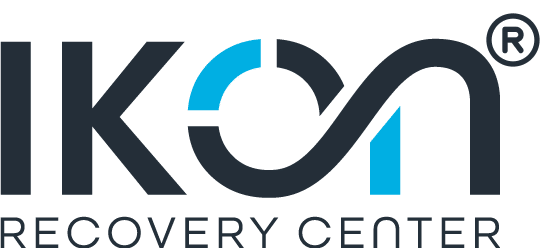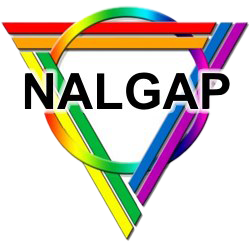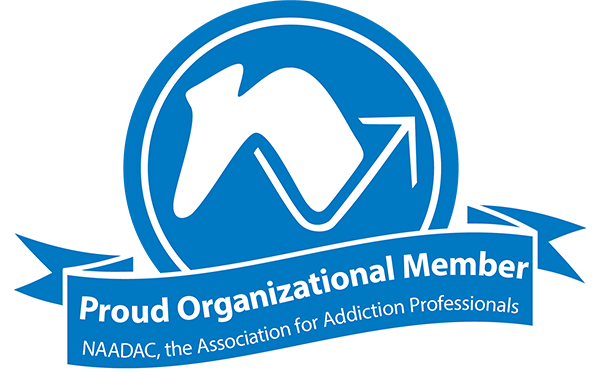[1] American Art Therapy Association. (2017). About Art Therapy. American Art Therapy Association. Retrieved from https://arttherapy.org/about-art-therapy/ on November 15th, 2023
[2] Hu, J., Zhang, J., Hu, L., Yu, H., & Xu, J. (2021). Art Therapy: A Complementary Treatment for Mental Disorders. Frontiers in Psychology, 12(34456801), 686005. Retrieved from https://doi.org/10.3389/fpsyg.2021.686005 on November 15th, 2023
[3] Shukla, A., Choudhari, S. G., Gaidhane, A. M., & Quazi Syed, Z. (2022). Role of Art Therapy in the Promotion of Mental Health: A Critical Review. Cureus, 14(8). Retrieved from https://doi.org/10.7759/cureus.28026 on November 15th, 2023
[4] Matto, H., Corcoran, J., & Fassler, A. (2003). Integrating solution-focused and art therapies for substance abuse treatment: guidelines for practice. The Arts in Psychotherapy, 30(5), 265–272. Retrieved from https://doi.org/10.1016/j.aip.2003.08.003 on November 15th, 2023
[5] Aletraris, L., Paino, M., Edmond, M. B., Roman, P. M., & Bride, B. E. (2014). The Use of Art and Music Therapy in Substance Abuse Treatment Programs. Journal of Addictions Nursing, 25(4), 190–196. Retrieved from https://doi.org/10.1097/jan.0000000000000048 on November 15th, 2023
[6] Regev, D., & Cohen-Yatziv, L. (2018). Effectiveness of art therapy with adult clients in 2018—What progress has been made? Frontiers in Psychology, 9(1531). Retrieved from https://doi.org/10.3389/fpsyg.2018.01531 on November 15th, 2023
[7] APA PsycNet. (n.d.). Psycnet.apa.org. Retrieved from https://psycnet.apa.org/record/1991-13651-001 on November 15th, 2023
[8] Chambala, A. (2008). Anxiety and Art Therapy: Treatment in the Public Eye. Art Therapy: Journal of the American Art Therapy Association, 25(4), 187–189. Retrieved from https://eric.ed.gov/?id=EJ825774 on November 15th, 2023
